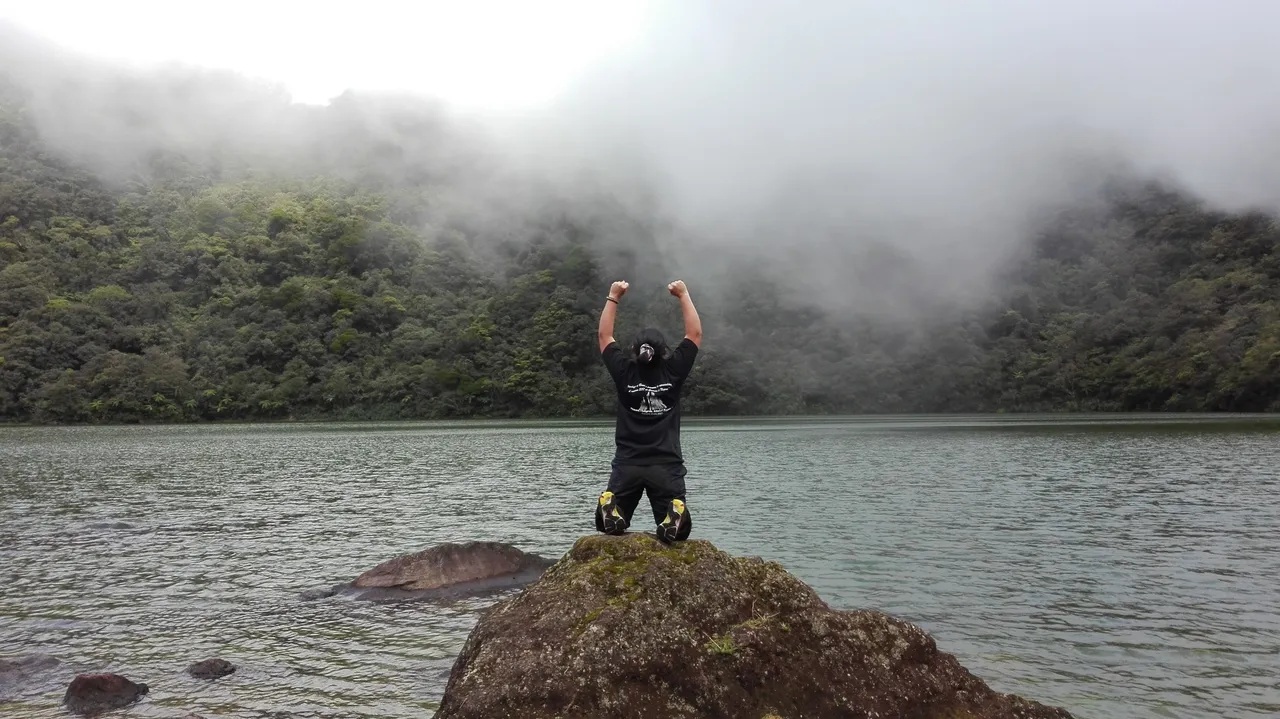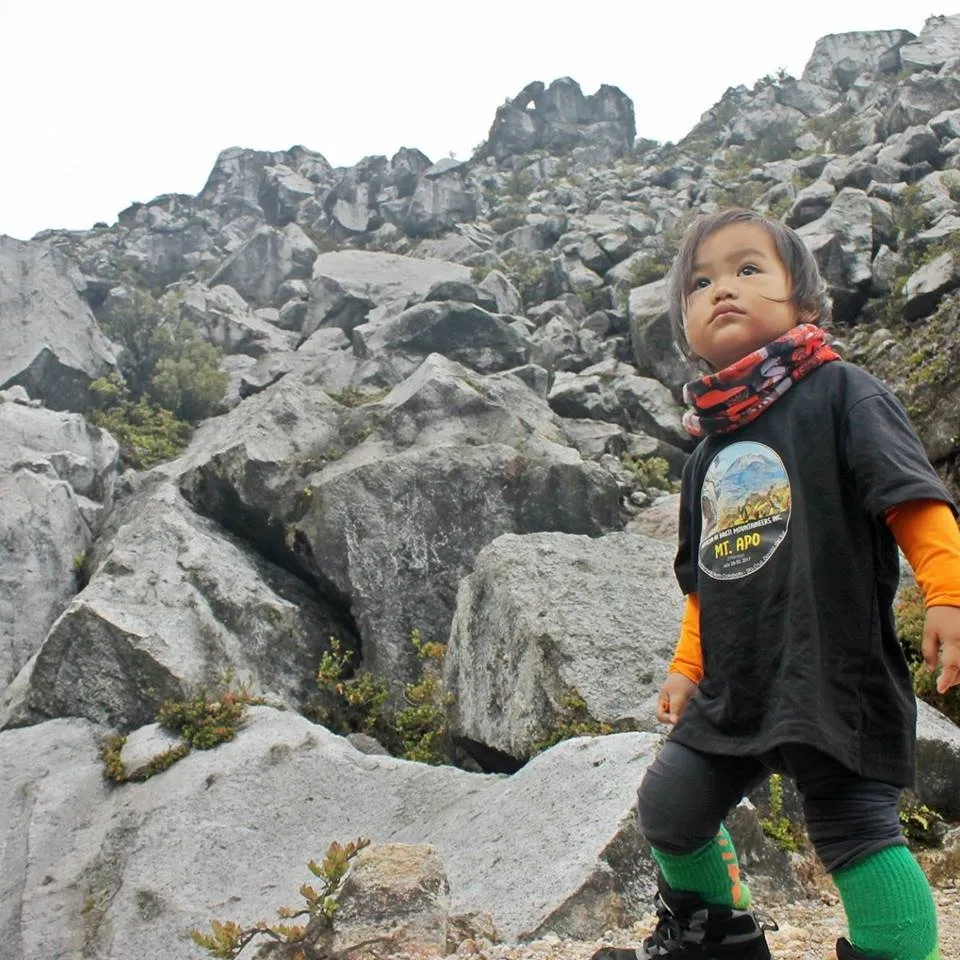
If you are one of my avid followers here in steemit who often reads my climb contents, you'll notice that I've been providing the difficulty rate of the mountains I already climbed in my first 7 mountain-posts (Mt. Taal excluded). Then, I stopped rating the mountains after my Mt. Romelo post. Here's why:
Difficulty Scale by PinoyMountaineer is supposedly a guide but a lot of newbies think it's actually the basis of a mountain's assessment.
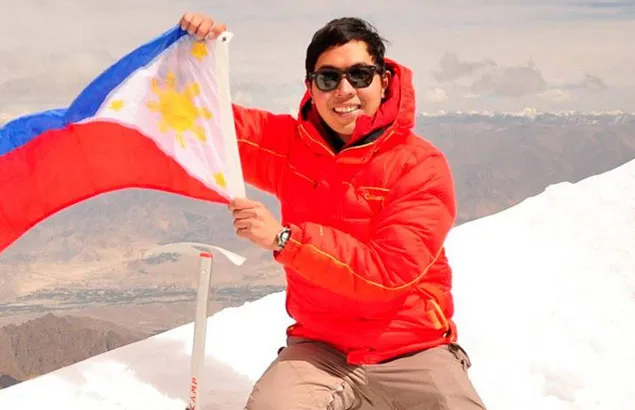
(Even with his disclaimer written, many beginners without proper orientation and training would base their preparation for their upcoming climbs on the most searched and most famous itinerary creator, Gideon Lasco.)
Even though, I knew that the rate of difficulty doesn't actually reach 9/9 and PinoyMountaineer just set this scale, I still used it because it was easier to use in assessing the difficulty of the mountain with 1/9 being the easiest and 9/9, the toughest. PinoyMountaineer, Gideon Lasco set the "Difficulty Scale" for Philippine moutains in 2009:
| D | Representative Destinations | Criteria |
| 1 | Seven Lakes of San Pablo, Daranak and Batlag Falls, Mt. Samat | Very easy: treks less than 30 minutes in paved/cemented roads or clear paths |
| 2 | Mt. Maculot, Mt. Romelo, Gulugod Baboy | Easy: Single trail lasting less than 2 hours in length, not exceeding class 2. |
| 3 | Mt. Batulao, Anawangin Cove, Mt. Pulag via Ambangeg | Mild: Trail requiring less than 2 hours but with parts exceeding class 3; or 2-5 hours in length but not exceeding class 2. |
| 4 | Mt. Makiling, Mt. Cristobal, Tarak Ridge, Mt. Hibok-Hibok | Average: Trail requiring 2-5 hours, with parts of trail class 3 or higher; or trek lasting 5-9 hours, with parts of trail not exceeding class 2 |
| 5 | Mt. Ugo Traverse, ArayatTrav or MakTrav, Mt. Banahaw (Dolores) | Moderate: Trail lasting 5-9 hours with parts of trail class 3 or higher; or all long treks not exceeding class 2. |
| 6 | Mt. Bulusan, Mt. Isarog (Patag-Patag), Mt. Pulag (Akiki-Ambangeg) | Challenging: Mountains under class 5 with place-specific circumstances not accounted for by trail class. |
| 7 | Mt. Pulag (Akiki-Ambaguio), Mt. Napulauan Traverse, Mt. Amuyao Traverse | Difficult: Trek lasting 5-9 hours, with parts of trail class 4 or higher with cold weather OR trek requiring 3 or more days |
| 8 | Mts. Talomo-Apo Traverse, Dulang-Dulang-Kitanglad, Mt. Kanlaon Traverse | Strenuous: treks requiring more than 3 days average with varied, potentially hazardous environments or Trail class 5-6 for 2 hours |
| 9 | Mt. Halcon, Mt. Guiting-Guiting, Mt. Mantalingajan, Mt. Sicapoo | Technical: Either Trail class 5-6 more than 8 hours or very long treks requiring 4 days average or less than 3 days but exploratory in nature and summitability non-assured. |
(The PULAG factors add +1 to the difficulty of the trek:
P - Precipitation > 50% of trek time
U - Unestablished trail or flooded trails requiring water-crossing
L - Low temperature; <> 35 C)
A - Animals or wildlife that interfere with trek (i.e. hyperlimatik)
G - Gusts of wind reaching >50kph)
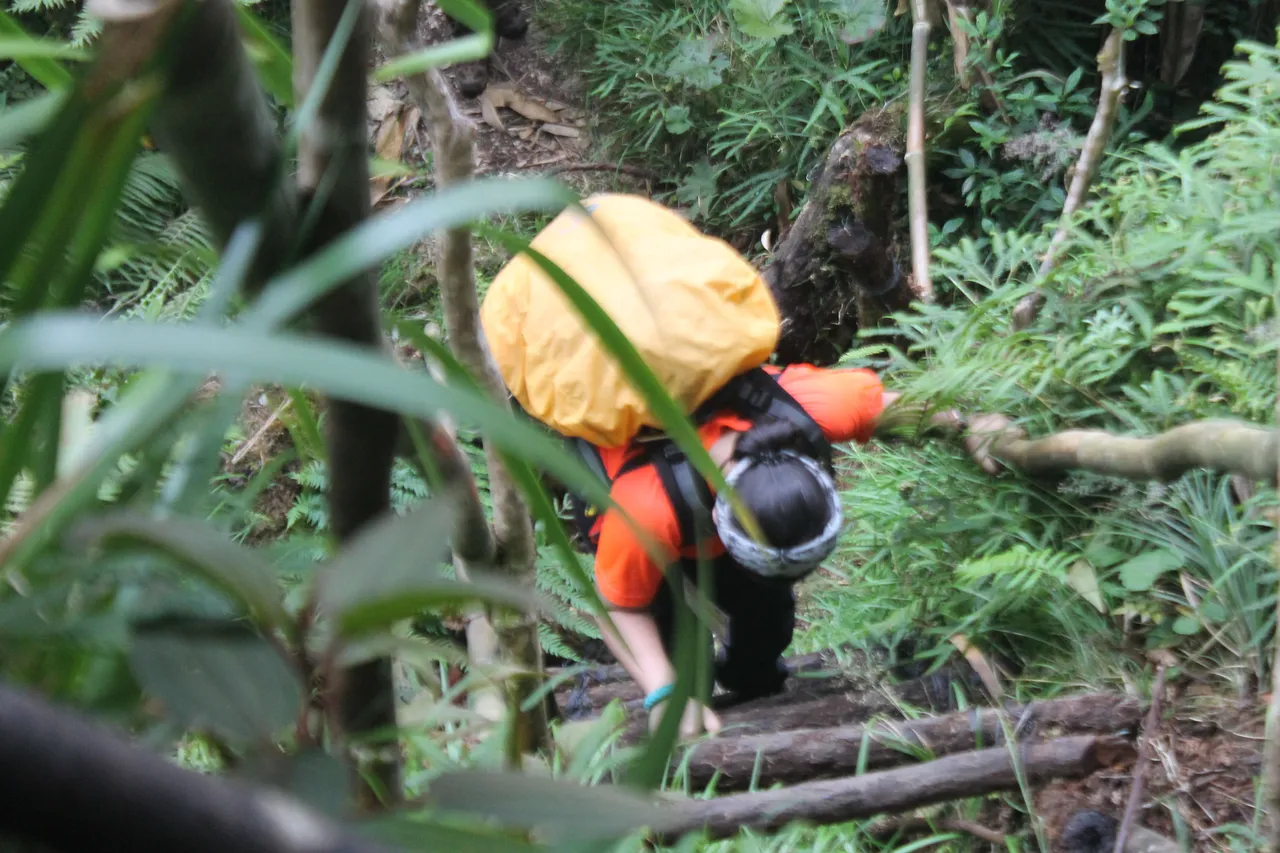
However, this scale was evaluated by a man who has started climbing ever since he was 8 years old. It is a factor because he would definitely rate the difficulty depending on his standards and capabilities. His 30-minute-walk might be a 1-hour-hike for newbies. Even if he adjusts the rate considering other climbers perspective and spot, the discrepancy would still be great. Scientific studies have shown that hiking releases body chemicals, such as serotonin and adrenaline, that result in more positive thinking. Thus, aside from making a person, healthier and happier, one wouldn't really think of negativity such as difficult trails. Therefore, PinoyMountaineer being an early climber makes him a healthier and happier person which makes his evaluation subjective.
As a member of the mountaineering community, I often heard experienced mountaineers ask why beginners listen and believe to what a blogger says and not to a legit mountaineer? It got me thinking. I began asking the following questions:
Did PinoyMountaineer even took BMC?
What trainings did he undergo to be called a mountaineer? Or did he just declared himself a mountaineer after being able to climb a lot of mountains in and out of the country?
Why is UP Med Outdoor Society, the mountaineering group he founded in 2007, not a member of the Mountaineering Federation of the Philippines, Incorporated?
Ever since mountaineering became mainstream in the Philippines, I have friends who became instant mountaineers. Just because they were able to climb a number of mountains, they label themselves as mountaineers. And worst, sometimes, after one climb, they assume they are mountaineers. I'm not saying that PinoyMountaineer is a self-proclaimed mountaineer. I just want clarifications and I want my questions to be answered.
YDS Grade System is the grade system used by a lot of mountaineers all over the world.
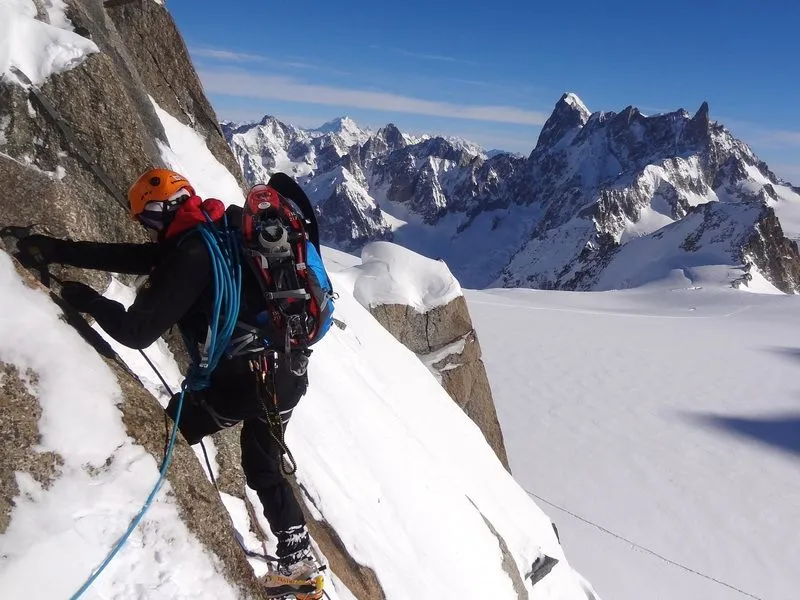
The Yosemite Decimal System (YDS) is a three-part system used for rating the difficulty of walks, hikes, and climbs. It is basically used by mountaineers in the United States and Canada and is actually the more accepted international rating system.
The system now divides all hikes and climbs into five classes: The exact definition of the classes is somewhat controversial, and updated versions of these classifications have been proposed.
Class 1: Walking with a low chance of injury, hiking boots a good idea.
Class 2: Simple scrambling, with the possibility of occasional use of the hands. Little potential danger is encountered. Hiking Boots highly recommended.
Class 3: Scrambling with increased exposure. Handholds are necessary. A rope should be available for learning climbers, or if you just choose to use one that day, but is usually not required. Falls could easily be fatal.
Class 4: Simple climbing, with exposure. A rope is often used. Natural protection can be easily found. Falls may well be fatal.
Class 5: Is considered technical roped free (without hanging on the rope, pulling on, or stepping on anchors) climbing; belaying, and other protection hardware is used for safety. Un-roped falls can result in severe injury or death.
On the other hand, the grade system involves an optional Roman numeral grade that indicates the length and seriousness of the route. The grades are:
Grade I: One to two hours of climbing.
Grade II: Less than half a day.
Grade III: Half a day climb.
Grade IV: Full day climb.
Grade V: A climb lasting 2-3 days.
Grade VI: A climb lasting 4-6 days.
Grade VII: A climb lasting a week or longer.
Source: Yosemite Decimal System
Finally...
I, personally, don't consider myself a true mountaineer, yet. It's because I believe, I still have a lot to learn, and many seminars and trainings to attend to. Even if I already had the Basic Mountaineering Course (BMC), I still attend refresher courses. It's true that mountaineering can be a hobby however; it should also be taken seriously because as I was taught in BMC, once you climb, you are responsible for your own life so you should be self-contained even if you are in a group. And if you are the Expedition Leader (EL), the lives of whoever's with you is in your hands. Your safety and theirs is the priority.
No one should classify a mountain based on its difficulty because every mountain is dangerous. In the end, it's just a matter of preparation. If one is well-prepared and well-trained for a certain climb, the difficulty rate would be low; otherwise, it would be high. The difficulty of the trail is dependent on the climber himself and no else. A certain mountain might be easy for hard-core mountaineers but tough on novices. Just always remember that:
"One should never, ever underestimate a mountain."
